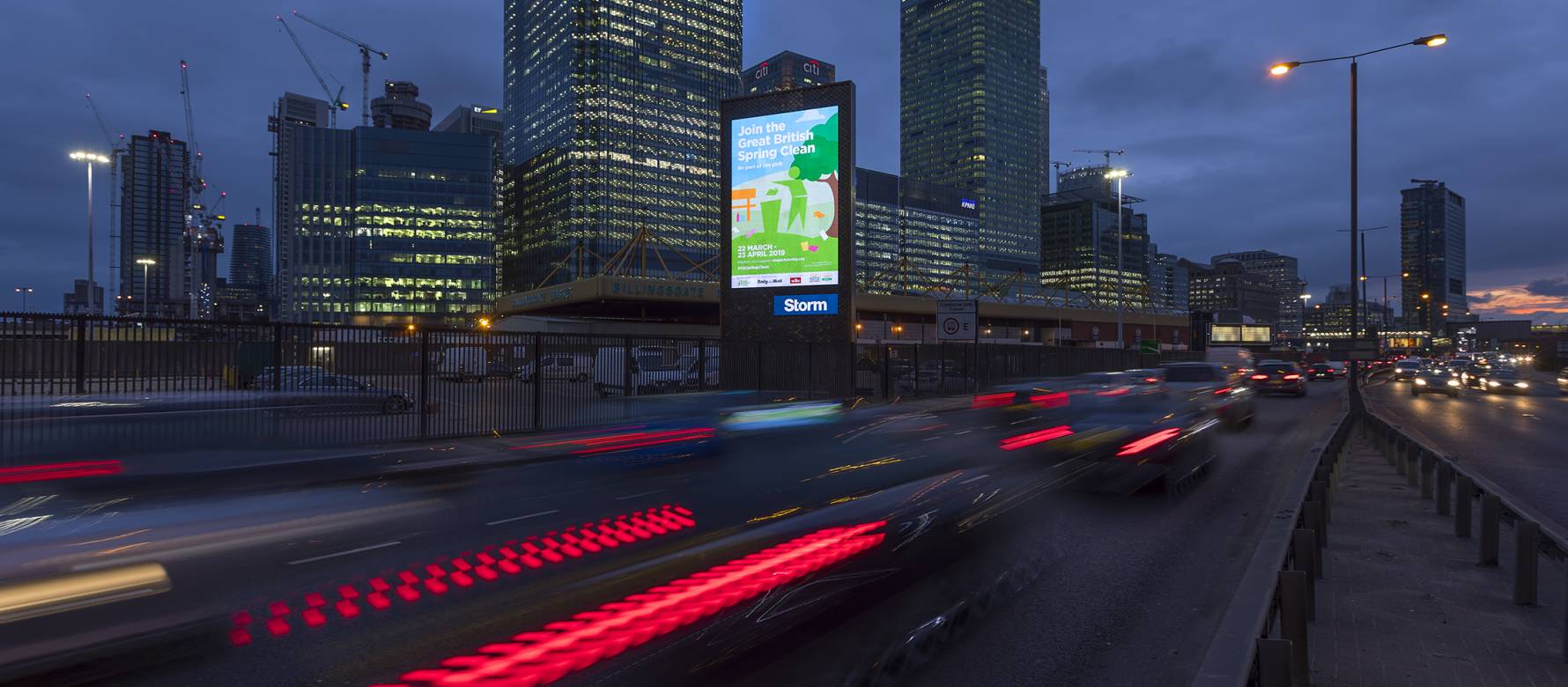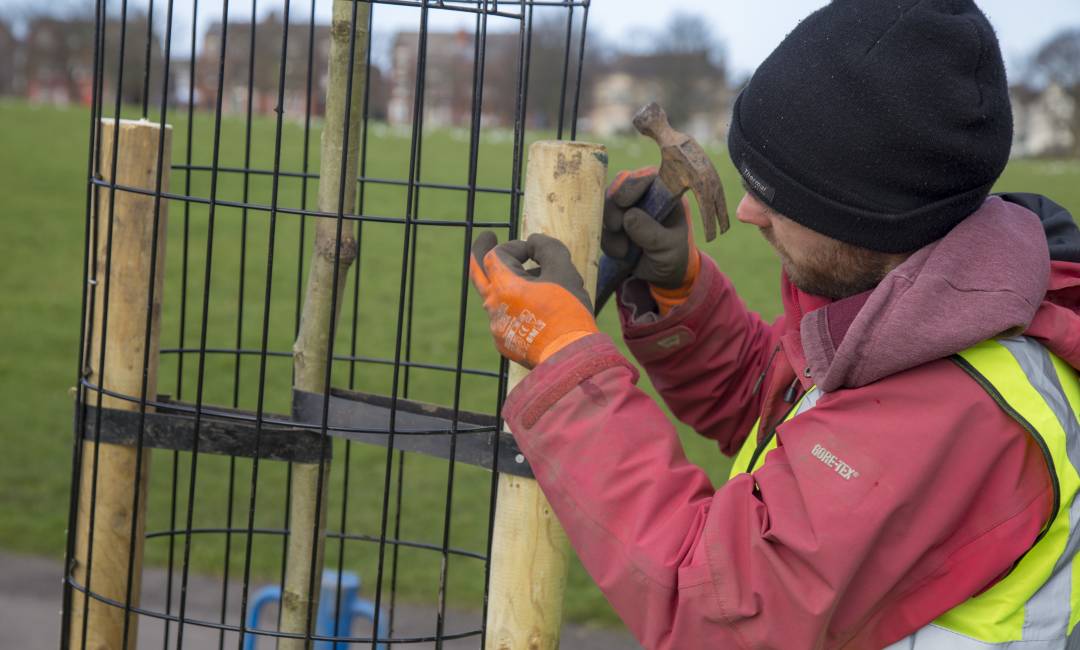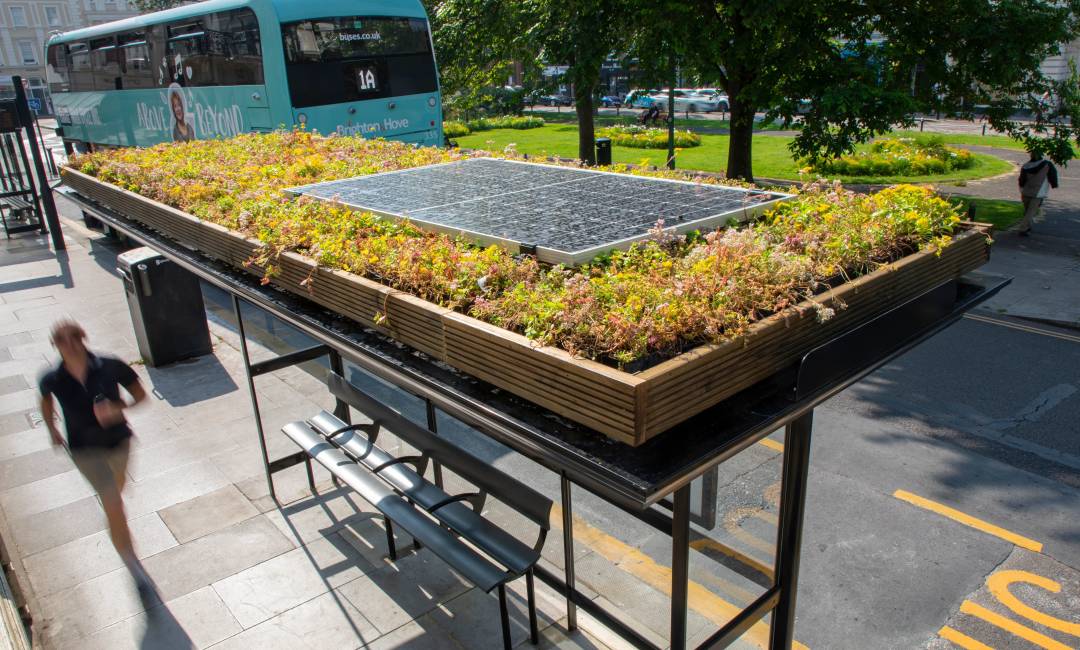New report finds Out of Home just 3.3% of UK advertising’s power consumption and under 3.5% of its carbon footprint
26 Mar 2024 / News, Platform for Good, Sustainability
A new report from Outsmart, the trade body for the UK Out of Home (OOH) advertising industry, finds that OOH is the most sustainable advertising platform for brands when compared to other major media.
The findings, produced by KPMG, are outlined in ‘Low Carbon, Low Power: An analysis of OOH energy consumption and CO2 emissions’, published today.
KPMG’s research found that out of all the media measured (Online, TV, Radio, Print and Email), the OOH industry produces the least amount of carbon emissions per impression.
OOH represents 3.3% of the UK’s total advertising power consumption and just 0.067% of all the power consumption in the UK. This means that OOH advertising’s power consumption is lower than its share of all advertising spend (3.8%) * (AA/WARC 2023).
The findings reveal that OOH makes up less than 3.5% of the total carbon footprint of the UK’s advertising activities.
This positive report card for OOH alongside the sector’s ability to improve sustainability is in great part due to OOH media owners having control over the entire supply chain and end-to-end operations.
OOH media owners Clear Channel, Global, JCDecaux, and Ocean Outdoor contributed their data to the new report, with other media owners providing examples of their ability to reduce emissions across business operations.
Sustainability initiatives include maximising the recycling rate of materials, converting to more energy-efficient lighting, optimising logistics routes, and most importantly, appointing suppliers based on their environmental credentials.
Tim Lumb, Director of Outsmart, said: “When we look at either the power consumption or the carbon emissions advertising “pie”, OOH is an incredibly small slice. Media owners have control over their supply chain, delivery and end-of-cycle processes - controls that result in demonstrable reductions to climate impact, at pace.”
Stéphanie Taupin, Global Strategy Director at KPMG, added: “The study results are consistent with a similar study we did in France: OOH allows brands to execute more environmentally friendly campaigns than other media when measured by contact or pound invested. Furthermore, OOH has opportunities to reduce its climate impact because it benefits from several reduction levers."
Another recent study from Outsmart and Legacy reported that OOH is in a strong position across several key ESG metrics, performing especially well across environmental factors. Outsmart also recently announced that the UK OOH sector contributed £411m to support public services, infrastructure, communities and employees in 2021 - representing 46% of its advertising revenue.
“Of course, sustainability efforts have no endpoint, but the OOH sector is committed to improving and innovating across environmental and social sustainability, as shown in the initiatives from Outsmart members”, Lumb concluded.
Get your full copy of the report here.
*The research methodology
The analysis covers six main advertising media channels: OOH (out-of-home) advertising, online/digital, television, email, radio and print (newspapers and magazines).
In looking at the power consumption and carbon footprint of each media type, KPMG measured the comprehensive life cycle of media including the manufacturing of viewing and display support, the storage of advertising content, an advert’s transportation and distribution, the viewing of the advertised content, and the end-of-life reading / display media.
To measure the carbon footprint of each media, greenhouse gas emissions have been calculated for the OOH industry broken down by classic and DOOH (digital Out of Home). The basis of this calculation is the data shared by a representative sample of Outsmart members who collectively operate 69% of all OOH panels, with the remainder estimated based on this robust sample.
SHARE POST
PRESS ENQUIRIES




